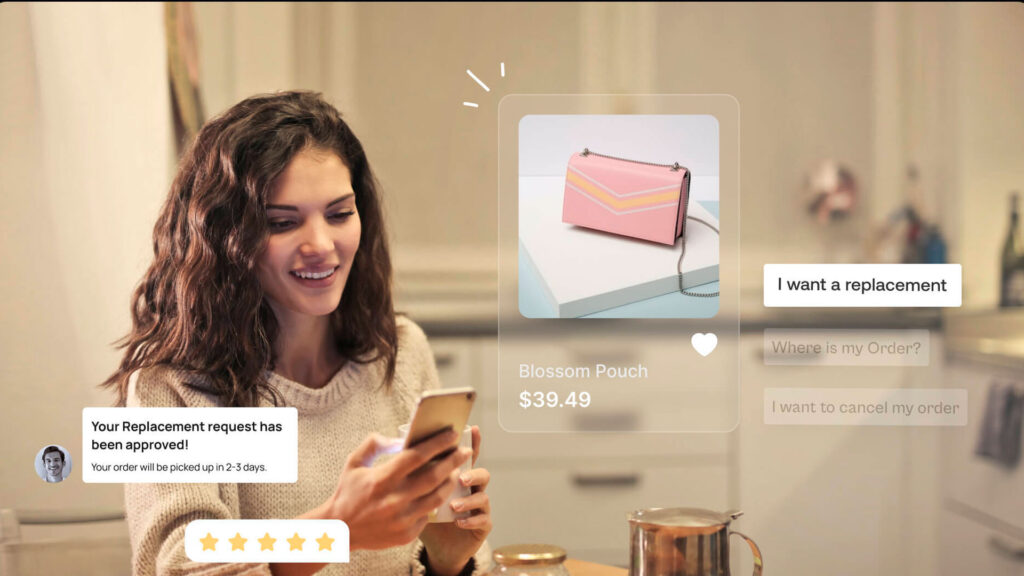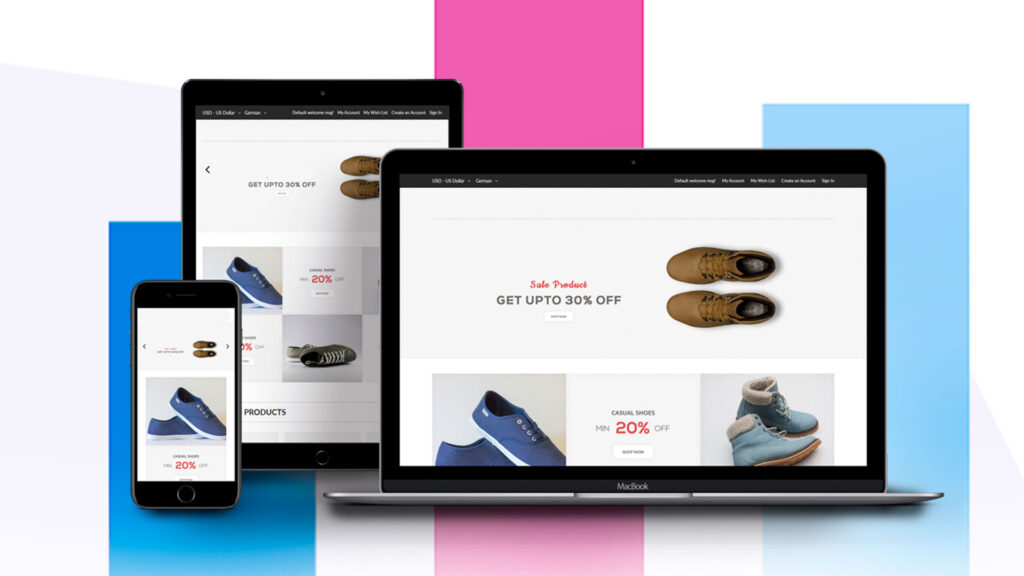
5 Quick Tips on Optimizing Critical Factors for Luxury eCommerce Sites

eCommerce purchases are now an imperative part of the retail industry. But, when it comes down to luxury brands, they have always managed to stay a cut above the rest. So the question arises, what does the future of luxury eCommerce hold?
The growth of online shopping has altered the retail landscape for eCommerce customer experience. This is evidenced by the fact that online retailers like Amazon can thrive with very few brick-and-mortar locations.
Some companies and market segments have not yet adopted the technology, though. Luxury and designer goods stores have historically not shown the same level of commitment to online competition as other retail sectors. As more people turn to the Internet to fulfil their purchasing whims, customers’ priorities have shifted.
Luxury eCommerce still largely mirrors general internet shopping tendencies. The products and services offered and the user experience design set luxury retail apart from regular retail. Yet, it is challenging to pinpoint what exactly makes a product or service upscale.
In essence, the definition of luxury incorporates elements that pose a threat to the low prices commonly offered by online stores: exclusivity, established premium brands, and high price points.
By 2025, millennials and generation Z, who grew up with the Internet, will make up 55% of the luxury eCommerce market. Connecting with people where they already spend time is essential if you want to reach them. Thus you should prioritise including the provision of such experiences in your CX strategy.
While social media may not seem to be a major sales driver, it is essential for telling your company’s narrative during the attract and engage stages of the customer journey, which ultimately results in a stronger connection to and appreciation for your business.
Primarily, five main factors determine the success or failure of an online luxury retailer:
1. Use high-quality graphics and alt text for photos
In cases when images are frequently swapped out, alt text might be easily forgotten. However, in highly competitive settings, it may be worthwhile to put in the extra work. Images with accompanying alt text provide a description of the image’s contents for use by search engines and those with visual impairments.
All luxury eCommerce websites must have images with descriptive titles and alternative texts if they want to perform at their best. This text should match the quality of the image itself, describing not just what is visible but also what the image is meant to accomplish.
To better convey the meaning of an image, the alt text should go beyond simply describing what is seen (e.g., a woman standing outside in the winter wearing a coat). Luxury eCommerce site optimisation of alt text not only improves the user experience but also increases the relevance of your site’s photos in search engine results.

2. Use personalisation to drive incremental sales
In recent years, customisation has risen to prominence in the realm of online retail. Displaying customised content and offers to your clients is what we call “personalisation.” Web and social media analytics data can be used to get insight into your audience and provide context for their behaviour on your site.
According to Gartner, good personalisation can increase earnings by 15%. Highlighting similar or suggested products can save you time. Smart Insights found that “visitors who viewed this product also viewed” recommendations accounted for 68% of eCommerce customer experience.
In addition, you can take your personalisation to the next level by tailoring the site’s navigation to each individual user.

Discover how we Delivered a personalized and mobile-optimized eCommerce platform for Barneys New York resulting in a double digit growth in the revenue
Download the Case Study to know the success story of a Luxury Retailer.
3. Present a high-end user experience design that is polished and sophisticated
In today’s cutthroat marketplace, a standout user experience (UX) is essential. If your website’s user interface (UI) is outdated and fails to meet the expectations of its visitors, they will likely go elsewhere.
User experience design, as we all know, is the method employed in the production of wares said to furnish clients with a satisfying and appropriate encounter. This includes the branding, design, usability, and functionality of the complete process of obtaining and integrating the product.
Effective UX design services focus on the Who, What, and How questions related to a product’s usability. For users, “why” refers to their underlying reasons for purchasing the goods, regardless of whether or not those reasons are directly related to the desired end result. The What discusses the product’s functionality and the eCommerce customer experience.

Discover how a luxury retailer scaled their eCommerce experience with continuous site improvement
Download the Case Study to know the success story of a Luxury Retailer.
Finally, the How is connected in a user-friendly and aesthetically pleasing way to the user experience design.
The value of a product is inadvertently determined by how it enables its consumers to make informed decisions when selecting and purchasing desired goods and services.
The user experience should be simple and straightforward, with no need for extra steps or complicated navigation. Users shouldn’t have to wait around for pages to load or deal with confusing menus.
To be truly inclusive, accessible user experience design must first prioritise usability for all users. The objective of every app’s design should be to make its use enjoyable so that users will return for more.
4. Having a firm grasp of user intent and client personas
Those in the luxury eCommerce market for high-end items want a superior level of service, regardless of whether they plan to spend their money on apparel, accessories, or timepieces. This may be done at a physical storefront or on your luxury eCommerce websites.
Owing to the eCommerce customer experience, each customer has the right to demand premium treatment if they are paying a premium price for a product. Bringing in-store exclusives to the online world may be challenging, but it’s not impossible. If you’re shopping online, for instance, a live chat feature might help you get some individualised advice on upcoming trends and how to make the most of your shopping experience.
If you care about your online clientele as much as they care about you, you should treat them with empathy and respond to every comment. You should practice rapid response and problem-solving to avoid unnecessary delays.
That’s true whether the negative comments are posted on social media or are collected in response to eCommerce customer experience surveys. You must give it your full attention.

5. Utilise social media to share your brand success
The use of social networking in the context of high-end online retail can be extremely beneficial in increasing sales. Ultimately, a luxury online retailer’s ability to convey a compelling story about its products and services can attract and retain a rather loyal customer base.
Visitors may be persuaded to have an emotional investment in the site’s perceived credibility and the luxury eCommerce goods it promotes by reading about the process that went into making the product.

Where to start?
Building your reputation and clientele is an ongoing process that can delay seeing immediate results. Hence, having a consistent and organically growing experience allows you to be more adaptable, flexible, and agile, allowing you to create possibilities on demand.
At Apexon, we innovate luxury eCommerce websites using technology platforms like Salesforce CX commerce, Oracle commerce, Magento commerce, Sitecore commerce that enhance brand connection on all fronts by using our expertise and experience in line with your goals.




